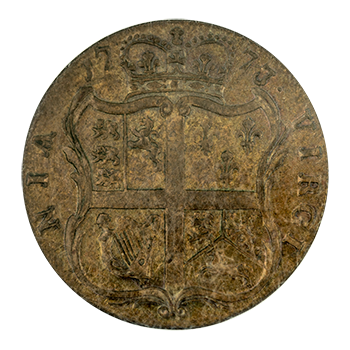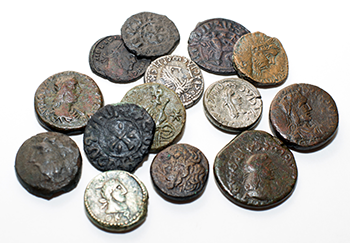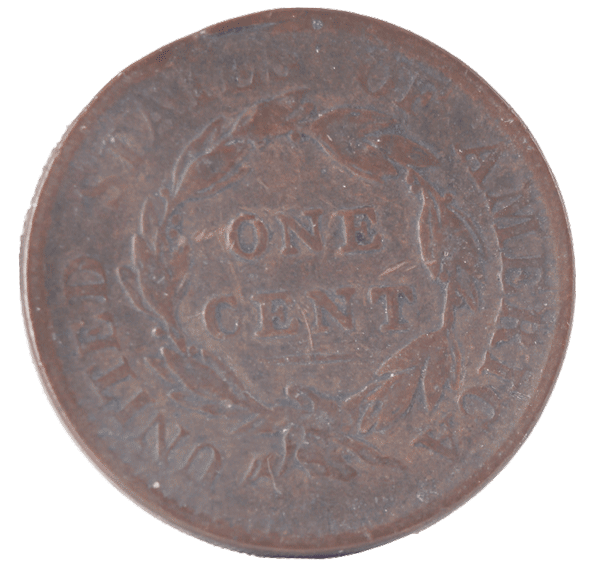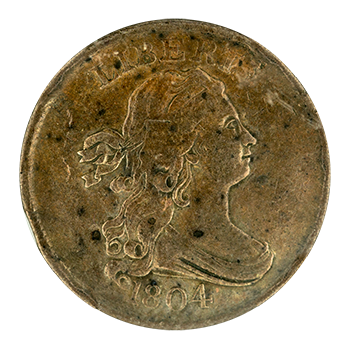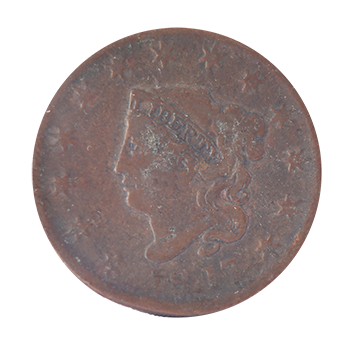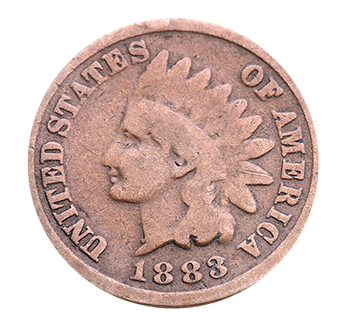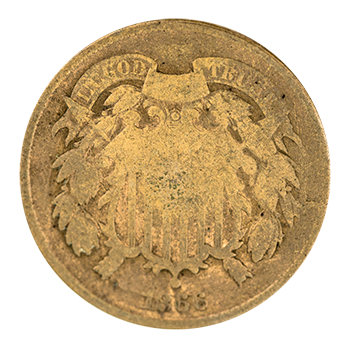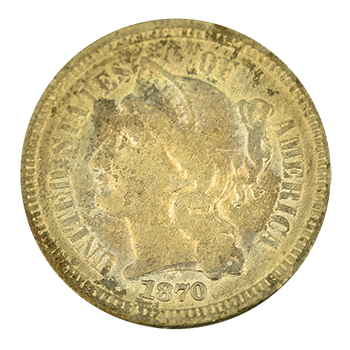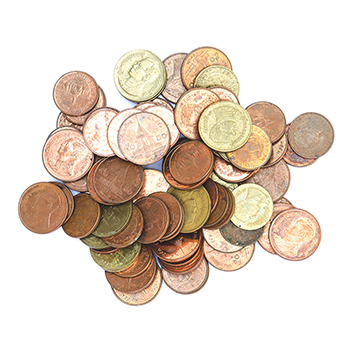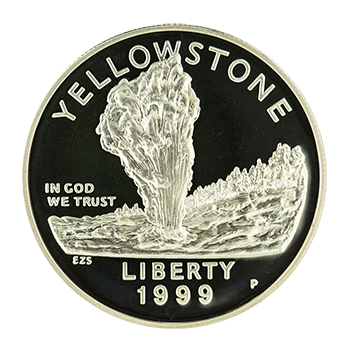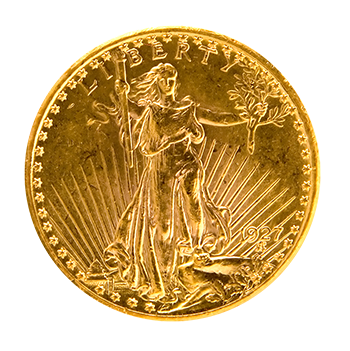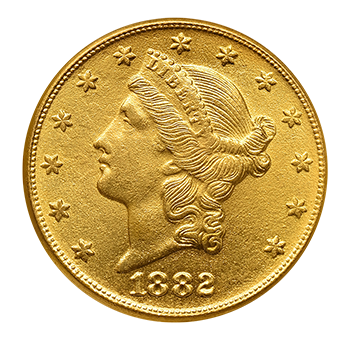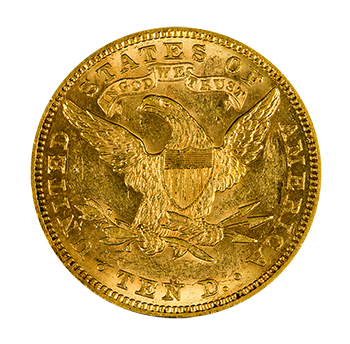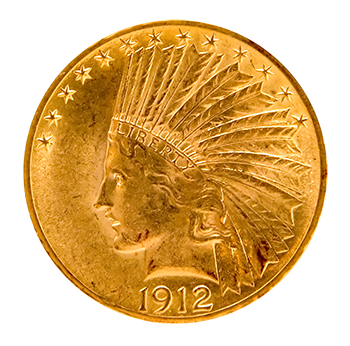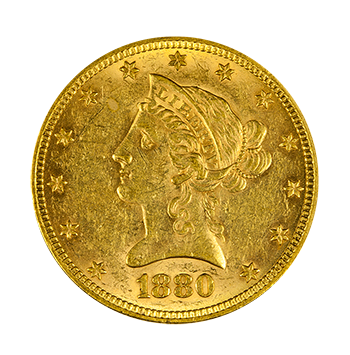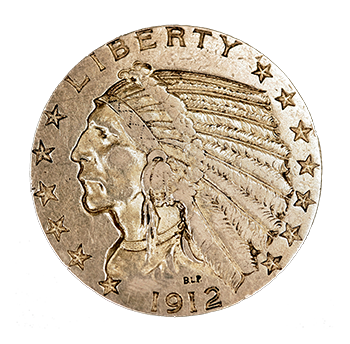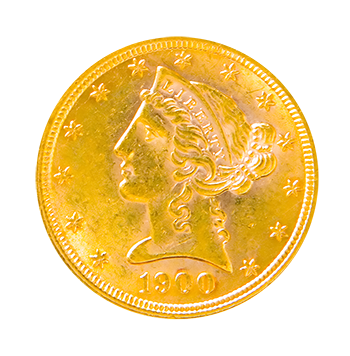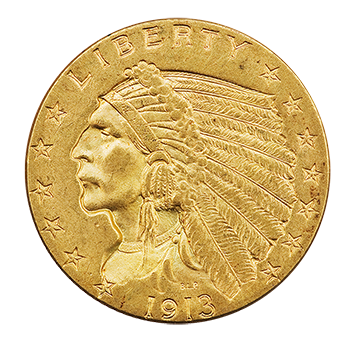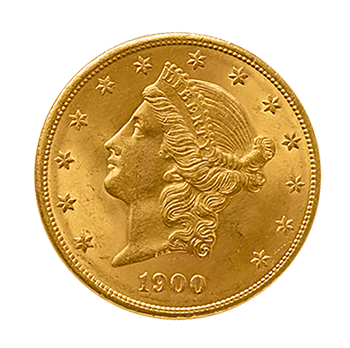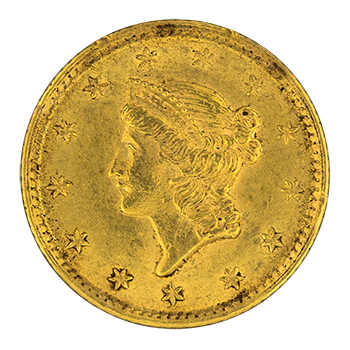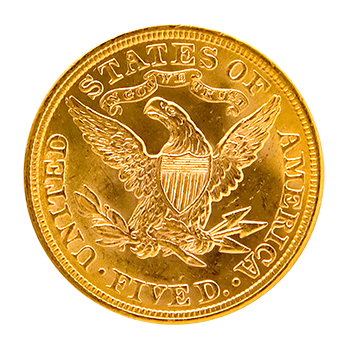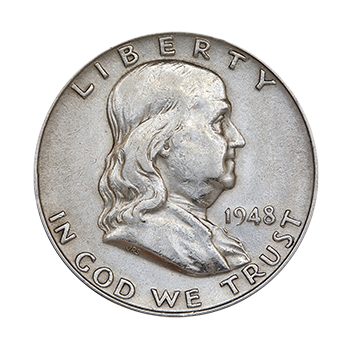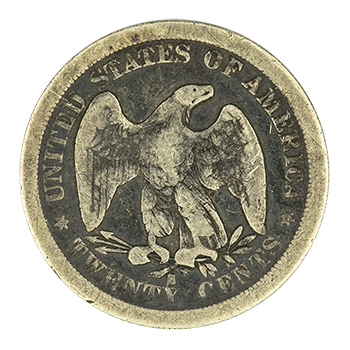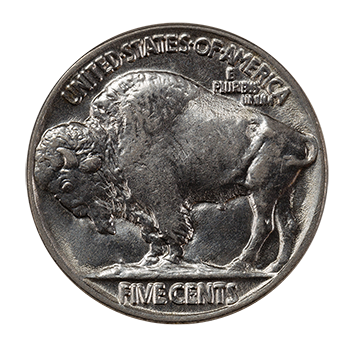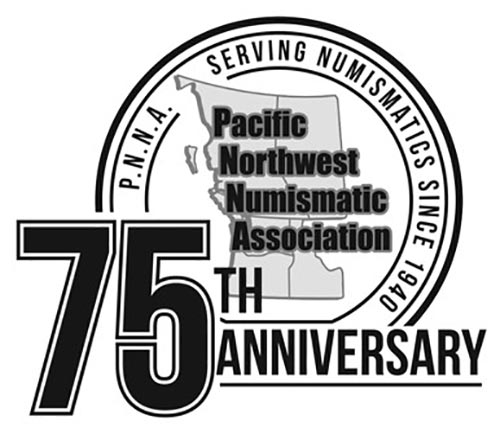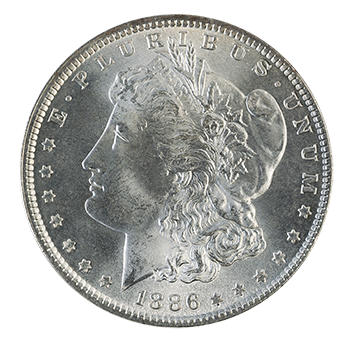
When first minted in 1794, silver dollars used presses meant for cents and half dollars, which were the largest the mint owned. These presses however, proved insufficient for the task, requiring each coin be struck two times. The result however, produced an extremely remarkable coin.
In 1876, the director of the United States Mint, Dr. Henry Richard Linderman, reached out to the British Deputy Master of the London Royal Mint, C. W. Fremantle, for help in finding new engraving talent. The correspondence led Linderman to hire Englishman George T. Morgan to design the new United States silver dollar.
Morgan decided he wanted an American face to replace the Greek figure representing Lady Liberty’s image on the obverse of the coin. He ultimately chose the image of Anna Willess Williams of Philadelphia for the design. Her image became one of the most recognizable coins worldwide. The reverse design came from his research on eagles and a personalized wreath and bow design. Each side of the Morgan dollar contains a stamped “M” in his honor on the trunk of Lady Liberty’s neck and on the reverse in the bow of the wreath.
The Morgan dollars, interestingly enough, were originally called Bland dollars in honor of the congressman who sponsored the bill proposing a brand new silver dollar. To this day, the Morgan silver dollar is among the most collected and sought-after American coins in the world.
As silver prices surged throughout World War I (supposedly due in part to India hoarding silver dollars in response to a rumor that the British government couldn’t redeem all the paper currency it had released), the British asked the U.S. government if it could purchase American silver to enhance its own supply. After a prolonged debate in Congress, the Pittman Act in 1918, passed without Congressional sanction, sanctioned the Treasury to strike millions of silver dollars with the Morgan design.
In 1921, the mint released the Peace dollar, which commemorated the signing of the peace treaty between the United States and Germany at the end of World War I. Created by Anthony de Francisci, an Italian who worked as an apprentice under James Earl Fraser (designer of the Indian Head nickel), the Peace Dollar featured De Francisci’s wife as the model for a new version of Lady Liberty. The United States escalated production of this dollar in 1922 to replace the 270,232,722 silver coins melted in the sale to England. In 1935, the mint released its last silver dollar for circulation.Bottom of Form

